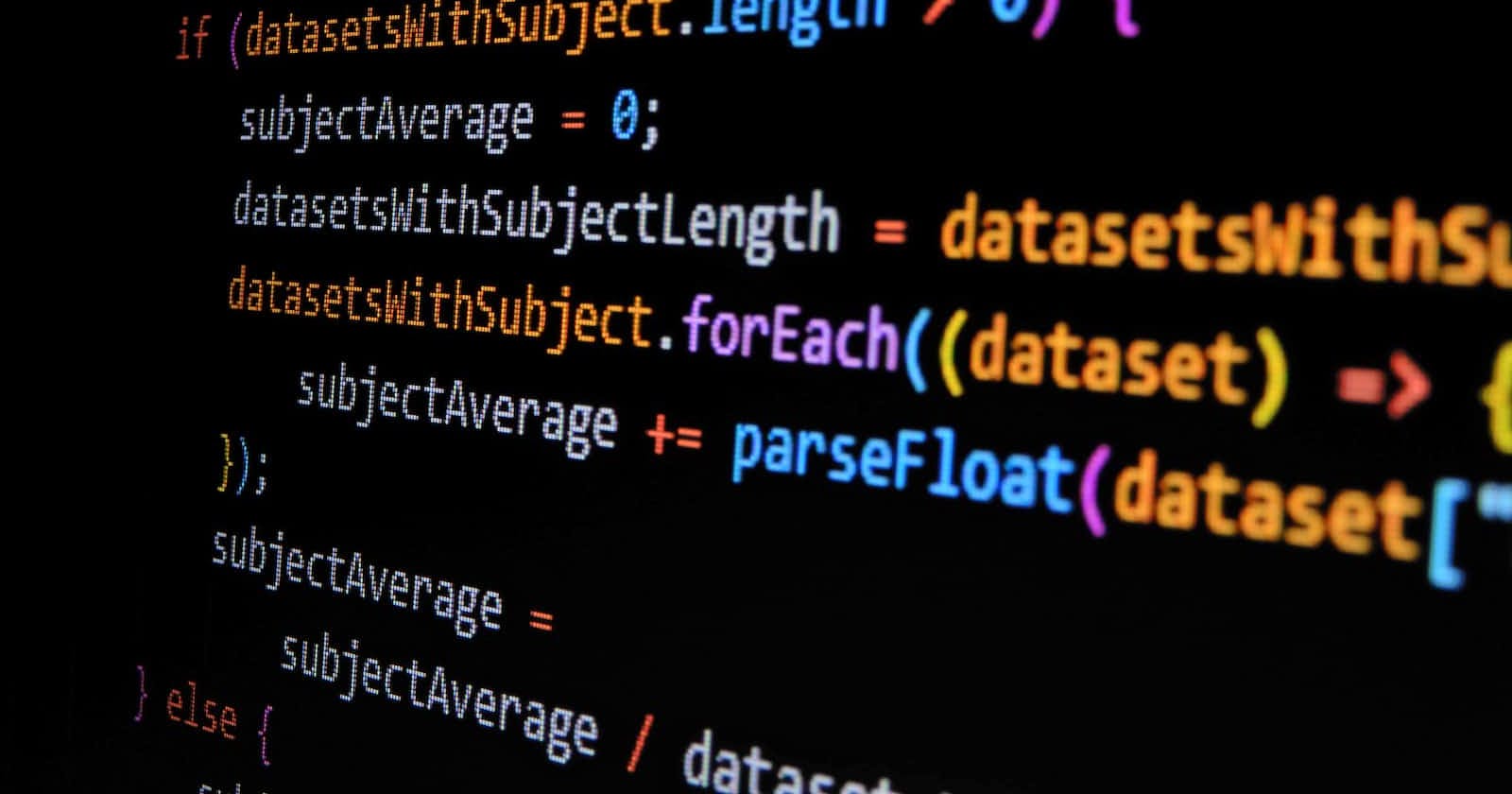
Photo by Gabriel Heinzer on Unsplash
"Unlocking the Mystery: A Deep Dive into JavaScript Execution Contexts and Call Stacks for Interview Success"
Hey fellow coders! Ever found yourself in an interview, grasping at straws while trying to recall the intricacies of JavaScript execution contexts and call stacks? Well, I've been there too. Despite having a basic understanding, recalling these concepts in the hot seat can be challenging. That's precisely why I'm putting pen to paper (or rather, fingers to keyboard) to break down these concepts in a way that not only solidifies my own understanding but also helps you breeze through interviews with confidence. Let's demystify JavaScript's behind-the-scenes magic together!"
Ever wondered how JavaScript really works behind the scenes? It's pretty cool, and I'm going to walk you through it.
JavaScript is a single-threaded interpreted language. Each browser has its own JavaScript engine, like Google Chrome's V8 engine or Mozilla Firefox's Spider Monkey. These engines are essential because browsers can't directly understand JavaScript code.
Now, let's dive into a simple example to understand the basics:
let n = 5;
function square(num) {
let result = num * num;
return result;
}
let square1 = square(n);
let square2 = square(8);
console.log(square1);
console.log(square2);
In this code snippet:
nis set to 5.We defined a
square()function that takes a number and returns its square.We call
square()with different values and store the results.Finally, we print the results.
Behind the scenes, JavaScript is doing a lot. Let's break it down.
What is the Execution Context?
When the JavaScript engine reads a script, it creates an environment called the "Execution Context." This environment handles the transformation and execution of the code.
There are two types of execution contexts: global and function. The global context is created when the script starts running, representing the global scope. A function context is created when a function is called, representing the function's local scope.
Phases of the JavaScript Execution Context
There are two phases:
Creation Phase:
The engine creates the execution context and sets up the script's environment.
It allocates memory for variables and functions, setting up the scope chain.
let n = 5; function square(num) { let result = num * num; return result; } let square1 = square(n); let square2 = square(8); console.log(square1); console.log(square2);
During the creation phase:
The global object (window in the browser) is created.
Memory is set up for variables and functions.
Variables are stored with values set to
undefined, and functions are stored as references.
Execution Phase:
Now, in this phase, the engine goes through the code line by line:
It encounters
n = 5and assigns the value 5 to 'n' in memory.The 'square' function is reached. As it's allocated in memory, the line
let square1 = square(n);triggers a new function execution context.The calculation is done, and the value is assigned to 'square1'. The function execution context is then destroyed.
This process continues until the entire code is executed.
What is the Call Stack?
To keep track of all contexts, including global and function, the engine uses a call stack. It follows the Last-In-First-Out (LIFO) principle. When a function is invoked, a new function context is created, pushed onto the stack, and executed.
For instance:
function multiply(a, b) { return a * b; } function squareAndMultiply(x, y) { let squared = square(x); return multiply(squared, y); } let result = squareAndMultiply(3, 4); console.log(result); // Outputs 36Here, the call stack visually represents the process.
Conclusion:
Understanding the JavaScript execution context is key to grasping how JavaScript operates. It determines the code's environment, available variables, and functions.
The creation phase sets up the execution context, creating the global and function contexts, establishing the scope chain, and allocating memory. The execution phase then processes and executes the code.
I hope this breakdown makes the concept clearer for you! If you enjoyed this, share it with your friends, and feel free to follow me on Twitter for more coding and tech updates. Happy coding!💻
